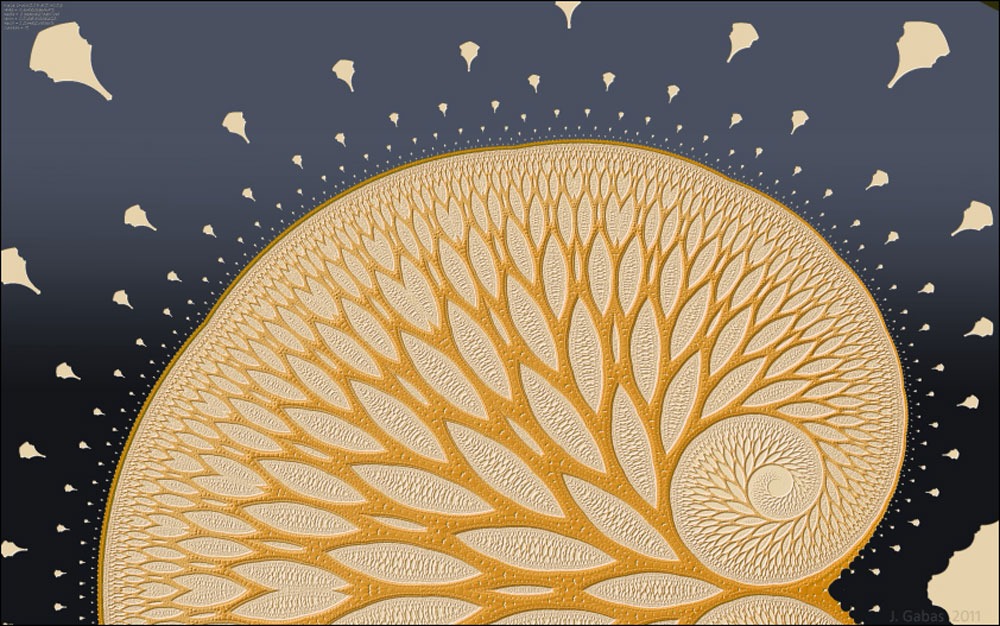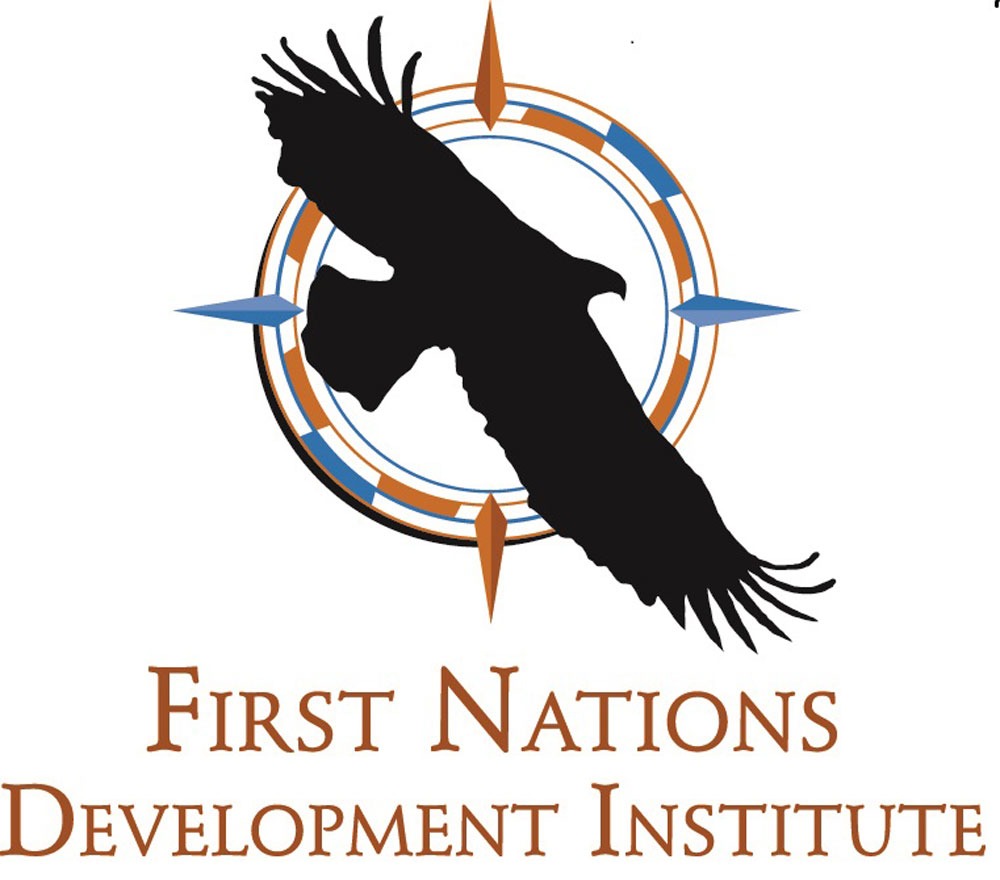
This article is the second in a series that NPQ, in partnership with the First Nations Development Institute, is publishing this fall. It features Native American activist writers who highlight the practices of community building in Indian Country and identify ways that philanthropy might more effectively support this work.

How we look for movements helps determine what we see. If foundations, as they typically do, employ a conventional Western lens, they will miss many of the most important movements currently under way—and thus many of the opportunities that philanthropy has to support a just transition to a more equitable society and economy. As one indigenous activist observes, “I am not sure Standing Rock was a movement (by itself), but rather a major event that is part of a larger and longer environmental movement that has traces in all four directions.”
I often hear from individuals in philanthropic institutions that there is an absence of movements and movement-building taking place in Native communities.
In an effort to ground myself in how organizations, philanthropy and others talk about and define “movement-building,” I did some of my own online research. After extensive review (okay, not exactly, but enough to not make me poke my eyes out), I found the following definition from the National Council on Responsive Philanthropy (NCRP) that didn’t make me cringe:
Broadly speaking, a movement is an ecosystem of individuals and groups united by a shared analysis of what is wrong with society and a vision for how it can be changed. These mobilized individuals and organizations collaborate using diverse strategies and tactics, which, when successful, ultimately lead to changes in societal attitudes, practice and policy.
So, does this apply—or rather, resonate—in Indian Country? Sort of.
I would argue from my experience as an indigenous person in the nonprofit field for over 15 years (with half of those years working for a Native-led nonprofit), we are always mobilizing our people and communities. Current political climate aside, we have always had to organize to protect our land, our children, our people, and our sovereignty—sometimes with success and sometimes not. A good friend shared, “The concept of a ‘movement’ is a linear concept. It assumes a start and end. Indigenous people will never stop fighting for our land and children. It is part of who we are. It will never stop. We may just be at different points in the cycle (rest or rise) but we won’t stop!” And I thought, “Absolutely!”
Collectively, indigenous people view the world very differently than those employing Western perspectives. Although, please take note here (American Indian 101 side-note), there are over 570+ diverse Native nations in this country, so, as the saying goes, don’t “assume” because…you get the point.
Let me elaborate and drop some indigenous knowledge. Leanne Simpson, renowned Michi Saagiig Nishnaabeg scholar, writer, and artist and a member of Alderville First Nation, outlined seven principles of Indigenous worldviews.
- First, knowledge is holistic, cyclic, and dependent upon relationships and connections to living and non-living beings and entities.
- Second, there are many truths, and these truths are dependent upon individual experiences.
- Third, everything is alive.
- Fourth, all things are equal.
- Fifth, the land is sacred.
- Sixth, the relationship between people and the spiritual world is important.
- Seventh, human beings are least important in the world.
As you can imagine, this worldview intrinsically changes how indigenous people build and strengthen their continuous movements. And yes, let’s be honest, most media and philanthropy misinterpret or, even worse, downplay the impact of this critical perspective. (Mostly as “too emotional or spiritual” in nature.) But this has direct implications on what gets shared, or rather what doesn’t get shared in the media and funded by philanthropy.
Second, as the Reclaiming Native Truth research project found, most narratives of indigenous people in American life are often grounded in myths, in stereotypes, and in the past, which rarely includes the ongoing injustices of our country or the contemporary story of Native people. These false narratives have lasting impacts on how indigenous people are viewed and, ultimately, ignored.
Sign up for our free newsletters
Subscribe to NPQ's newsletters to have our top stories delivered directly to your inbox.
By signing up, you agree to our privacy policy and terms of use, and to receive messages from NPQ and our partners.
Third, let’s be real. Indigenous movements in this country are not just one issue or solely for indigenous people. They are always bigger and home in on the real systemic issues (social, political, economic) impacting all people and our ever-disappearing natural resources.
One of the most significant movements in Indian Country that garnered national attention was the incredible collaborative efforts of Standing Rock (see the Lessons from Standing Rock publication). While Standing Rock recently emerged as one of the largest collective efforts that brought Native and non-Native activists together to address threats to water contamination, climate change, and tribal sovereignty, it was only one part of a larger movement that indigenous people have fought and continue to fight. Another friend perfectly summed this up, stating, “I am not sure Standing Rock was a movement (by itself), but rather a major event that is part of a larger and longer environmental movement that has traces in all four directions—in the Northwest (damning of rivers/lakes, salmon loss), in the Southwest (damning of rivers/lakes, fighting for water rights, sacred sites) and in the Midwest (loss of ricing, fishing rights), etc.”
Yes, Standing Rock is one of the better-known recent movements led by Native activists, but did you know there are many more Native communities leading their own movements, some of them local, regional or national, but all grounded in indigenous values and knowledge?
Why should you or philanthropy care?
The short answer is that these small but mighty movements (being significantly under-resourced) have been quite successful. For example, The Native Voices Rising report by Native Americans in Philanthropy lists some of the successes of Native-led environmental justice movements.
The longer answer is that these movements impact all of us and they address the root causes of our collective problems—your water, your air, your health, the future we leave our children, to name just a few issues Native-led movements are tackling.
So, how can non-Natives and those in positions of power support, uplift, and ultimately invest in movements across Indian Country? I have some initial ideas, which I know many of my Native-led nonprofit colleagues across Indian Country could add to (and please do!).
First, do your own research. There are all kinds of resources online. Read and learn as much as possible. Here are just a few awesome organizations leading social, health, economic, food, reproductive, environmental justice movements in Indian Country (in no particular order):Black Water Mesa Coalition, Indigenous Environmental Network, Notah Begay III Foundation (I would be remiss to not list the nonprofit I previously worked for!), Thunder Valley Community Development Corporation, Zuni Youth Enrichment Project, Native Women Lead, STAR School, Hopi Foundation, Seeds of Native Health, and Changing Woman Initiative.
But these organizations are just the tip of the iceberg. For example, not long ago, as NPQ noted, Native Americans in Philanthropy and Candid launched Investing in Native Communities, a website that’s dedicating to encouraging greater philanthropic funding and support of Native communities in the US. And, if you want more ideas, even Teen Vogue has provided a list of organizations to support.
Second, don’t get stuck on all the negative media. Do not just focus on the problem without recognizing the inherent strengths of Native people—our culture, our language, our connection to the land, etc. We have survived an atrocious history where our government did everything that they could to eradicate us. And we are still here, raising our next generation of leaders to continue the strength-based movements in Indian Country.
Third, if you have the ability to fund or invest in Native-led organizations doing this work (hey! philanthropy), then please do. Here are two wonderful guides and resources on how to do this! The first is from my favorite nonprofit blogger, Vu Le, on how best to be a “progressive funder.” And the second is from our friends at First Nations Development Institute’s recent report, We Need to Change How We Think Perspectives on Philanthropy’s Underfunding of Native Communities and Causes. Also, invest in Native-led organizations and causes even if this means creating a set aside. The Northwest Area Foundation, one of very few foundations to do so, devotes 40 percent of their new grant dollars to Native-led organizations.
Fourth, self-reflect on what you’ve learned and talk it out with friends, family and your colleagues. We are always on a learning journey. I was pleasantly surprised by the personal reflections on a recent Comedy Central podcast from Jordan Klepper discussing the research from the Reclaiming Native Truth Project.
Fifth, and finally, repeat the above steps. And become an ally. We need you.








